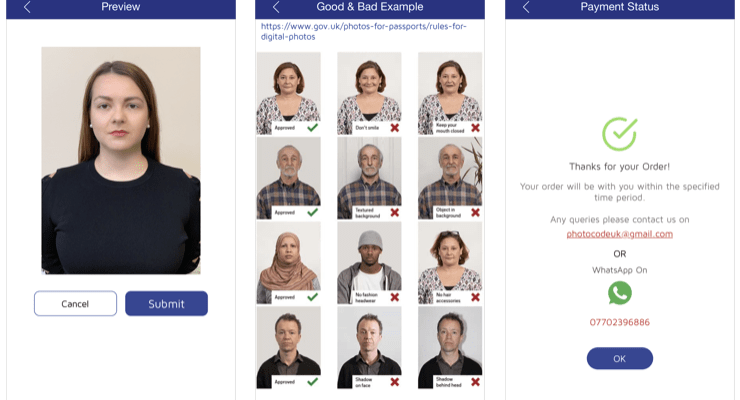The Role of Biometrics in Passport Photos: Enhancing Security, Efficiency, and Privacy
Biometrics is transforming various sectors, especially the passport and identification field. So, what is the role of biometrics in passport photos? It’s vital for enhancing security, promoting efficiency and, maintaining privacy.
How Biometrics Enhance Security

Misidentification is one complication that often plagues passport agencies. But how does biometrics solve this? By storing unique personal features like fingerprints or iris patterns, it drastically minimizes the chances of identity fraud. It’s akin to having a digital fingerprint for every passport holder that cannot easily be duplicated or falsified.
The Efficiency Brought By Biometrics

Biometrics is revolutionizing passport issuance processes. Traditionally, verification of identity would take up substantial amounts of manpower and time. Now, with biometrics, mere seconds can yield accurate results. Biometric data contained in a passport photo can be matched with stored information, authenticating an individual almost instantly. This technology, therefore, allows passport offices to process applications much faster, subsequently saving valuable public resources.
Biometric Passports and User Privacy

Having biometric data in passport photos can seem quite intrusive from a privacy perspective. How then do biometrics work in ensuring user privacy? The biometric data in passports is embedded in electronic chips, which are protected by complex encryption, safeguarding individuals’ privacy.
The Passport Photo App Experience

It’s crucial to mention the role of passport photo apps in providing a user-friendly biometric specification adherence. These technologies guide individuals in taking proper passport photos, which are then processed using biometric authentication algorithms. Thus, enhancing not only security and efficiency but also the usability of biometric passports.
Future Potential and Expansion

The role of biometrics in passport photos is continuously evolving. Advancements in technology may lead to the integration of additional biometric modalities such as voice recognition or gait analysis to further enhance security measures. These emerging technologies offer the potential to strengthen identification processes and provide robust verification even in challenging situations or when physical attributes may change.
Furthermore, the integration of biometrics with digital passports and mobile applications has the potential to offer convenience and accessibility. Travelers can securely carry their digital identity on their smartphones, enabling quick and contactless identity verification at various checkpoints.
Download application
Android Application for free download
iPhone Application for free download
You can also do this using the passport photo code website
As evident, the role of biometrics in passport photos is progressively expanding. Its potential for security enhancement, efficiency, and safety of privacy cannot be overstated. Biometric passports are the future, and they are a future that promises both unmatched security and convenience. In a progressively globalizing world, technologies like biometric-enabled passports and passport photo apps are moving us closer towards seamless international travel experiences.
As readers, don’t you think it’s time to embrace this revolution? By comprehensively understanding the role of biometrics in passport photos, we can tap into their potential to the fullest. This method seems like the key to unlocking swifter, more secure, and more efficient passport processes across the globe.



